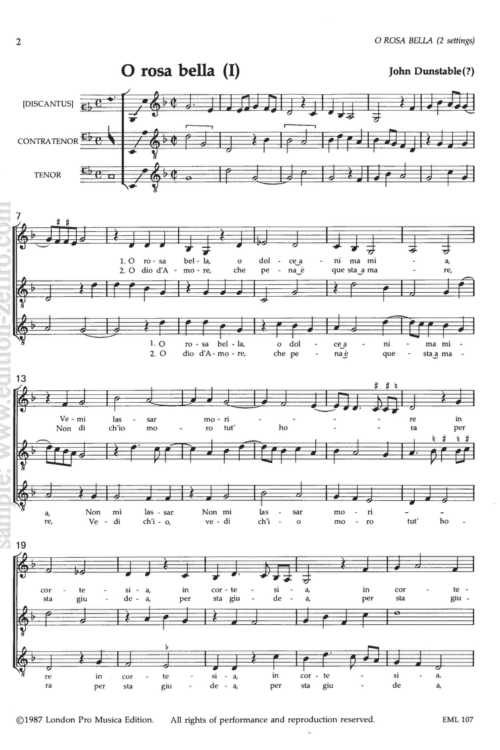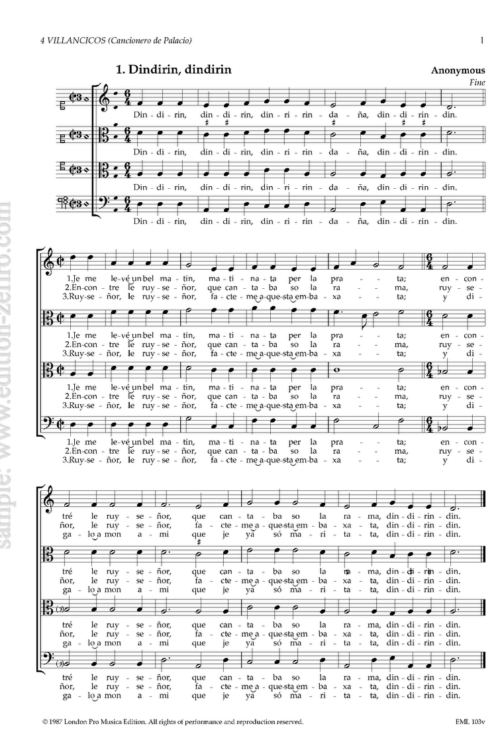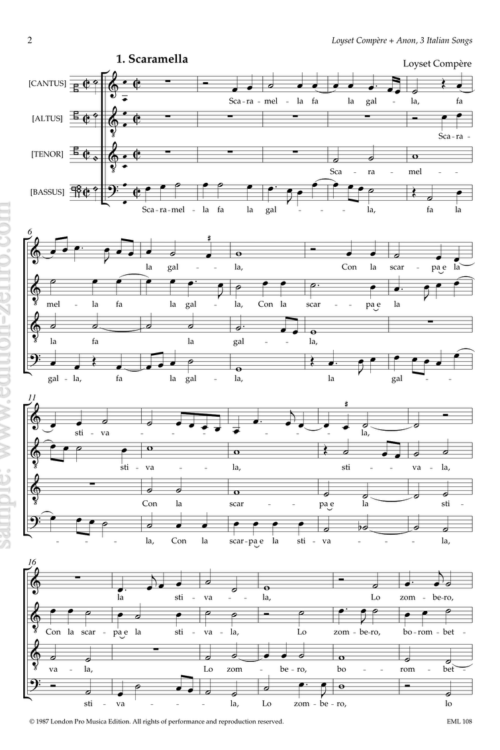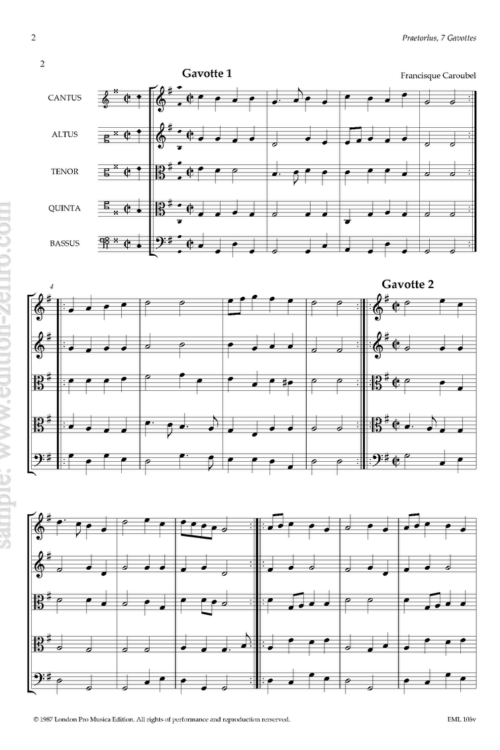Vincenzo Ruffo was from Verona and spent his working life in that city and in Milan.
His Capricci a tre voci (1564) is a very varied collection.
This volume presents three more pieces from Ruffo’s Capriccii in Musica of 1564. For four more pieces from the same source see the first volume of the present series; three more pieces can be found in our anthology Capricci e Ricercari (TM21 ↣).
The Ruffo print is a remarkable collection, con- taining pieces that are quite different from the run- of-the-mill Italian instrumental works of the mid- sixteenth century: instead of the usual fantasias based on a string of points of imitation Ruffo uses single parts from madrigals or chansons, or popu- lar dance tunes, as a basis for for a rather distinctive kind of almost improvisatory writing in the free parts. For instance, in the present selection Martin minoit uses the top part of a chanson by Janequin without change, adding counterpoints in the lower parts that occasionally imitate the chanson melody but on the whole provide a decorative supporting texture. By contrast, the third piece is based on the
La Sol Fa Re Mi (A-G-F-D-E) figure that was used as a theme by many Renaissance musicians (including a fine 2-part fantasia by Lassus, a 3-part setting by Tiburtino – again see (TM21 ↣), and several keyboard versions); the tradition was probably started by the Josquin mass on the same theme.
(Bernard Thomas – 1995)






